Two cathedrals in one weekend!
Friday 12th January 2024 – Winchester Cathedral
When I arrived at the cathedral there was a great deal of preparation going on for a very special event that was happening the next day – a service of welcome to the new Bishop of Winchester, Philip Mounstephen. The Perpendicular Gothic nave looked stunning, with beautiful flower arrangements:

Winchester is the longest Gothic church in Europe; it is dedicated to several Saints, most notably St Swithun.
The transepts and tower are Norman – this is the north transept.


We had a guided tour which pointed out many items of interest:



From left to right: the font, made from a block of Tournai marble, moved into the centre of the cathedral by Medieval builders and never returned to the west door; a page from the Winchester Bible; and Jane Austen’s grave.



From left to right: The memorial to William Walker, the diver who worked for 6 years taking tons of cement underwater to strengthen the foundations; the Pilgrim Steps – you must start on your right foot and end on your right foot if you want to get to Heaven; and coffins in the retrochoir – the bones have been removed for carbon-dating.
++++++++++++++++++++++++++++++++++++++++++++++++++++++++++
We spent the night at a converted coach house airBnB in Broughton, halfway between Winchester and Salisbury. Had a really good pub meal then watched The Traitors.



Saturday 13th January 2024 – Salisbury Cathedral
You can’t help but be impressed by Salisbury cathedral – you can see the spire (Britain’s tallest) from miles around, every direction. It’s absolutely magnificent. The West Front is pretty cool too…



This cathedral was built in 38 years (1220- 1258) and is all in the Gothic architectural style and most of it is Early English Gothic. The spire and tower were added later (1310-30). There is a lot of Purbeck marble in the pillars – this was the fashion – the 12 cathedrals built at the same time all make use of it.



We actually had THREE tours in Salisbury – the first was of the medieval clock - made in about 1386 and probably the oldest working mechanical clock in existence. After that we managed a quick visit to see the Magna Carta….



…before rushing off on the second tour around the body of the cathedral, and then a TWO HOUR tour up the tower to the base of the spire.
We saw the memorial to Edward Heath, who used to live in Cathedral Close and has given his house to the nation; the magnificent font, in the centre of the nave; and a dipstick for testing the water level under the cathedral – at the moment it’s only 2 feet down – it should be 4….it hasn’t flooded since 1915…



Up the tower we saw all the wonderful structural medieval oak timbers and had very wet views over the water meadows :


And, scariest of all, we ascended a steep and open spiral staircase to view the inside of the spire – the photo on the left is looking straight up the inside:


The photo on the right shows a wheel that the workers used to rotate by walking it to lift the building materials up to the top of the spire. We learned that Christopher Wren was involved in building the spire and it is nearly a metre out of true.
And some random facts: you can tell which stained glass is medieval as it has little black dots on it; Salisbury has only got 4 bells- there were originally 10 – so there is no peal of bells – it’s the only cathedral without a peal. There is no screen in the nave, so you can see from one end to the other; the East Window is dedicated to Prisoners of Conscience. The original cathedral was at Old Sarum, two miles away on an exposed hilltop.
We both really really liked Salisbury Cathedral and wonder, although we’ve said all along that you can’t have the prefect cathedral, whether Salisbury is going to be our favourite.
+++++++++++++++++++++++++++++++++++++++++++++++++++++++++
One fact I learned this weekend are – there are 42 cathedrals in England! In other words – lots more than I realised!! Like – there’s one in Portsmouth….I didn’t know that…my cathedral book has lead me astray…this needs more research obviously…
++++++++++++++++++++++++++++++++++++++++++++++++++++++++++
I spent the rest of the weekend visiting an old school friend, driving through a bit of the New Forest (who knew there were DONKEYS running loose there!) then walking and bird-watching at Keyhaven Marshes. It was a beautiful sunny, calm day and the tide was REALLY HIGH! Roads were getting flooded, and the saltmarsh was underwater.




I saw 47 species of bird – the highlights were: seeing the Brent Geese on the flooded saltmarsh – look at them all!; seeing SO MANY Common Snipe, out in the open, not hiding away like they usually do, and sitting in the bird hide beautifully run by Milford-on-Sea conservation volunteers with my sausage ciabatta and coffee – heaven.
+++++++++++++++++++++++++++++++++++++++++++++++++++++++++++

































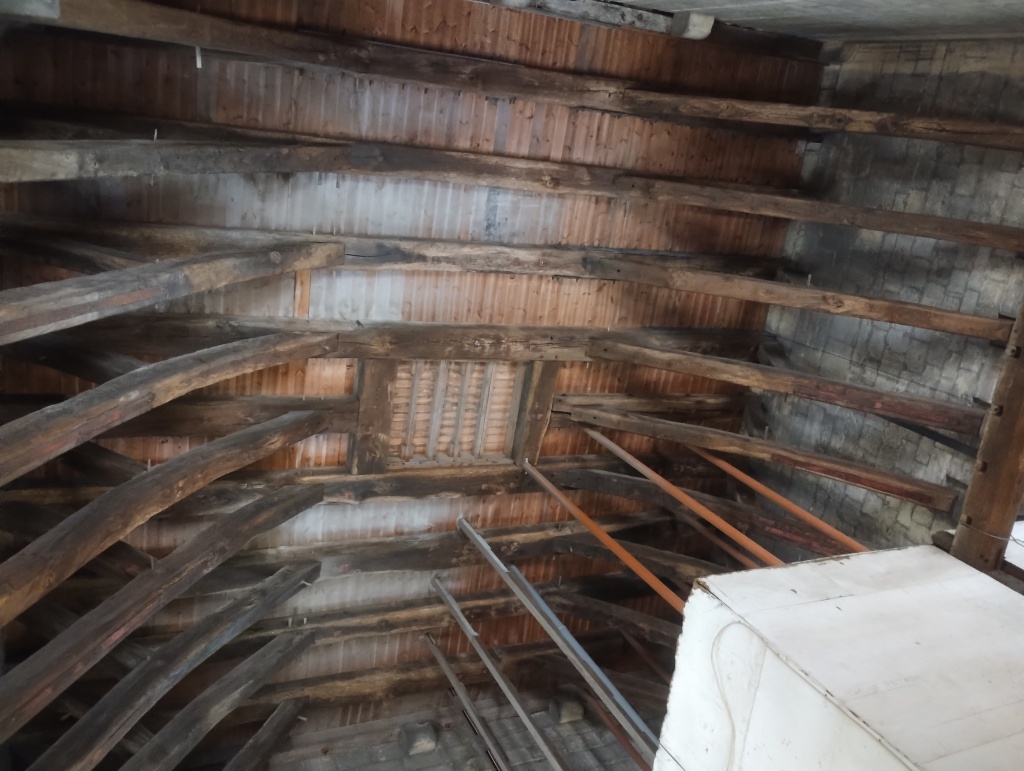






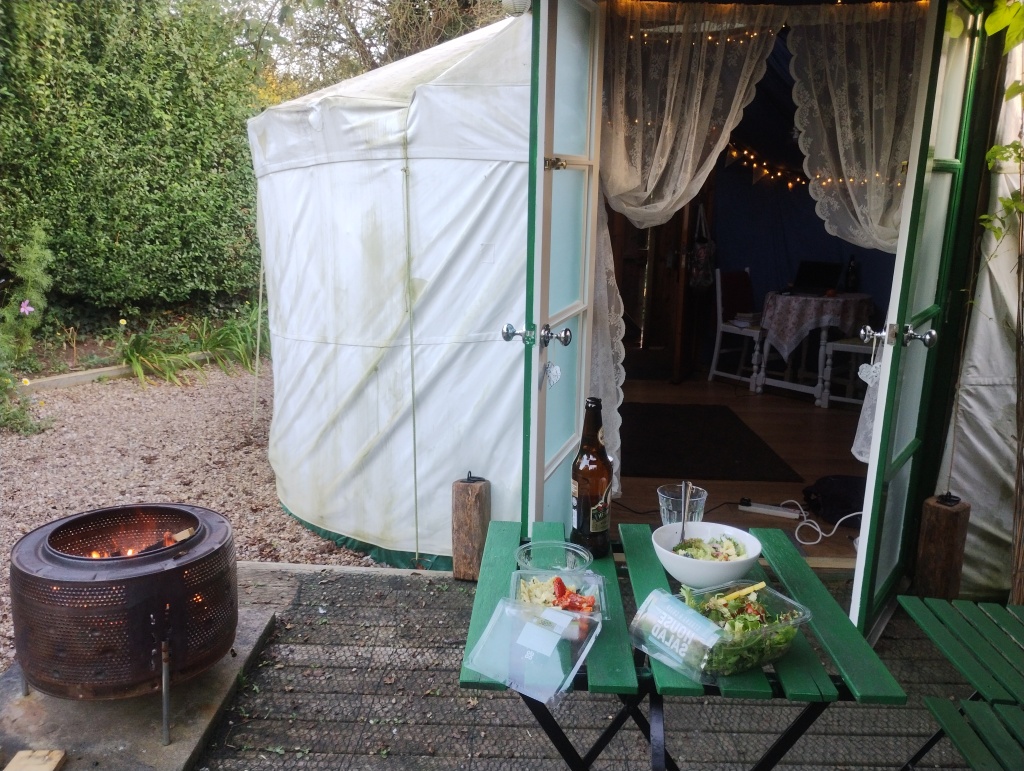
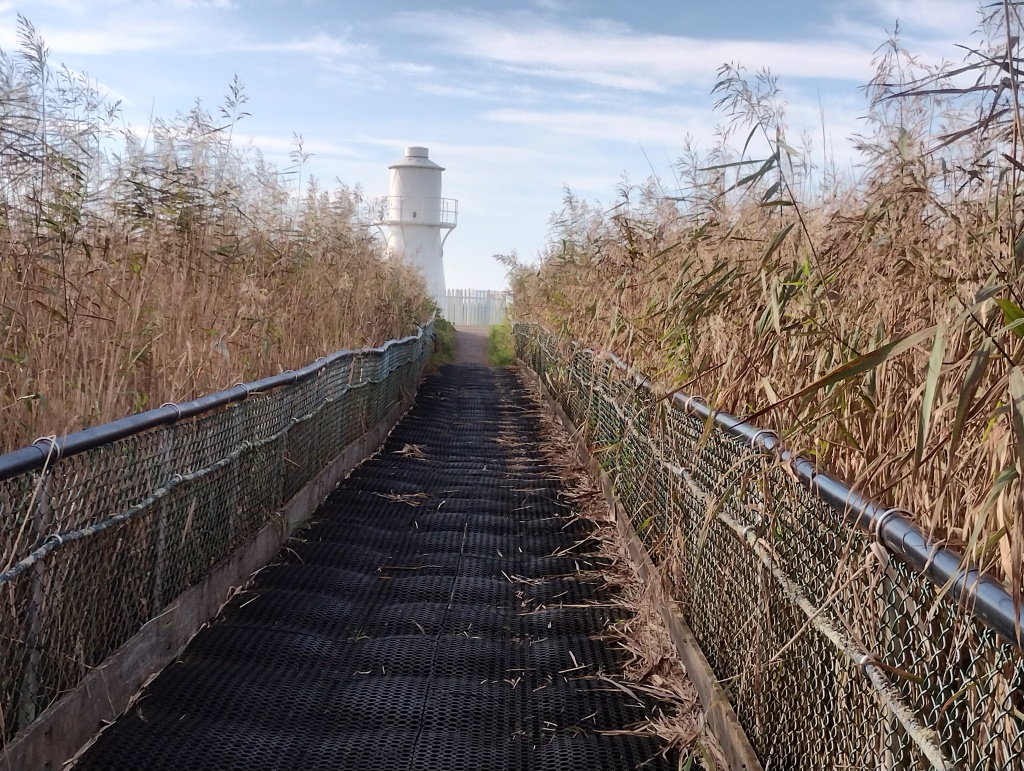























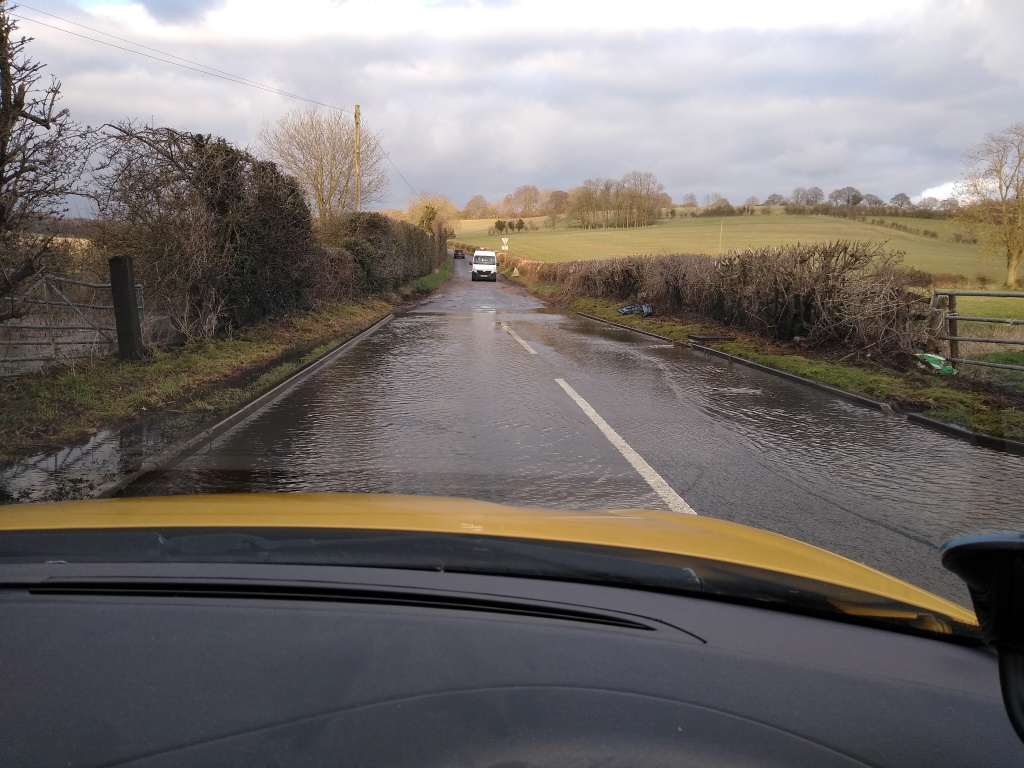





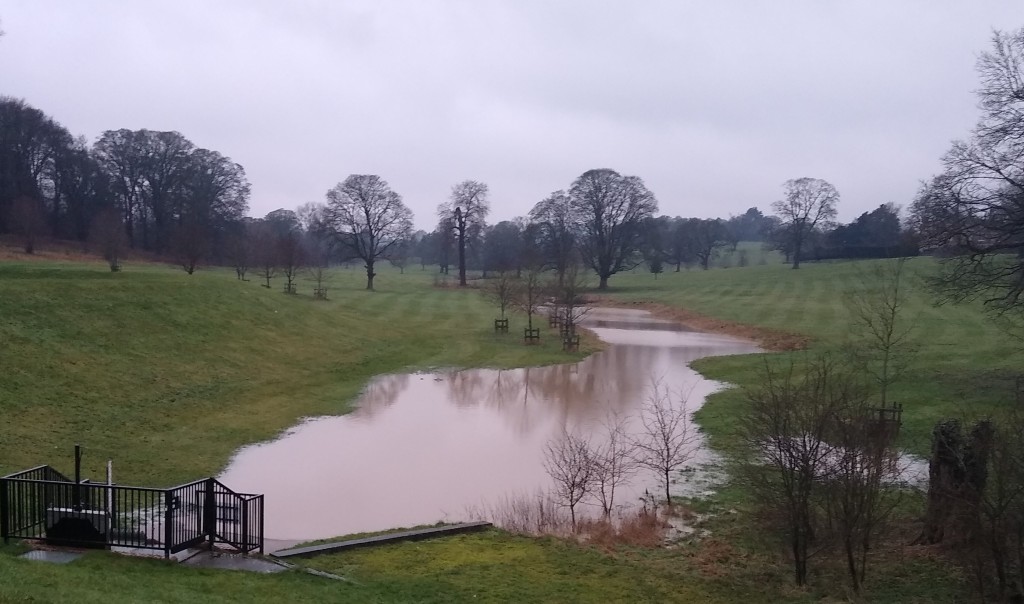

























 It abstracts 6 million litres a day from the Ver aquifer, explaining in part the low level of the water table – with no abstraction, there would probably be a river where there should be one. The Ver Valley Society
It abstracts 6 million litres a day from the Ver aquifer, explaining in part the low level of the water table – with no abstraction, there would probably be a river where there should be one. The Ver Valley Society 










 I set my stopwatch.
I set my stopwatch.
 Also ref my previous blog – I’m still not sure about the difference between Giant Hogweed and normal Hogweed. I’m sure I will find out soon.
Also ref my previous blog – I’m still not sure about the difference between Giant Hogweed and normal Hogweed. I’m sure I will find out soon.











 I sat and ate my sandwiches – ciabatta rolls with cheese and tomato…
I sat and ate my sandwiches – ciabatta rolls with cheese and tomato…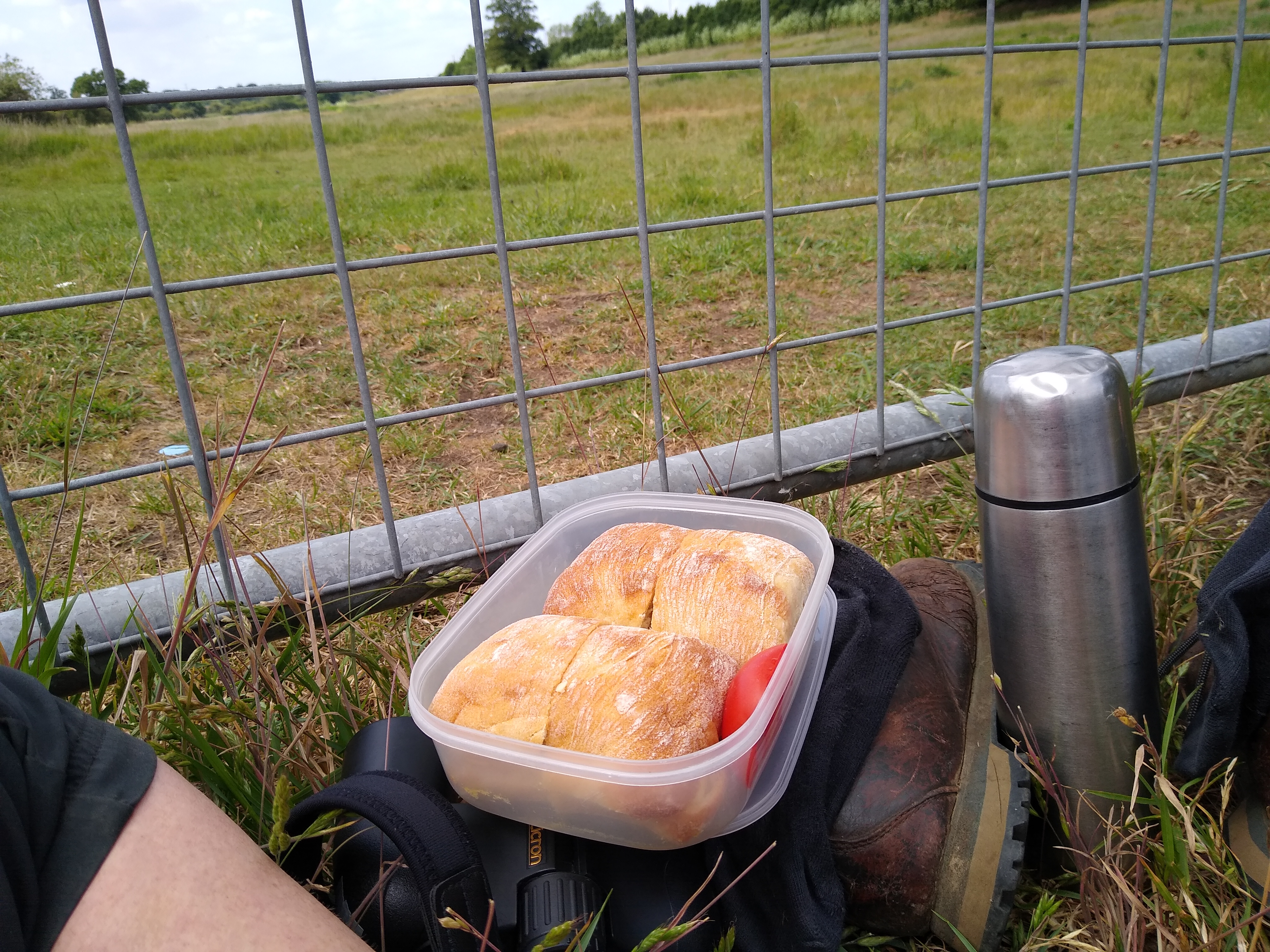 ..and, the highlight of my day, watched families of Rooks (the adults were still feeding the youngsters) actually bathing in the river water. Here at last there was a little bit of water, although no flow to speak of, lots of silt and no life in the water that I could see. But I also saw a Grey Heron in the river so maybe he had his eye on his lunch too.
..and, the highlight of my day, watched families of Rooks (the adults were still feeding the youngsters) actually bathing in the river water. Here at last there was a little bit of water, although no flow to speak of, lots of silt and no life in the water that I could see. But I also saw a Grey Heron in the river so maybe he had his eye on his lunch too. 









































